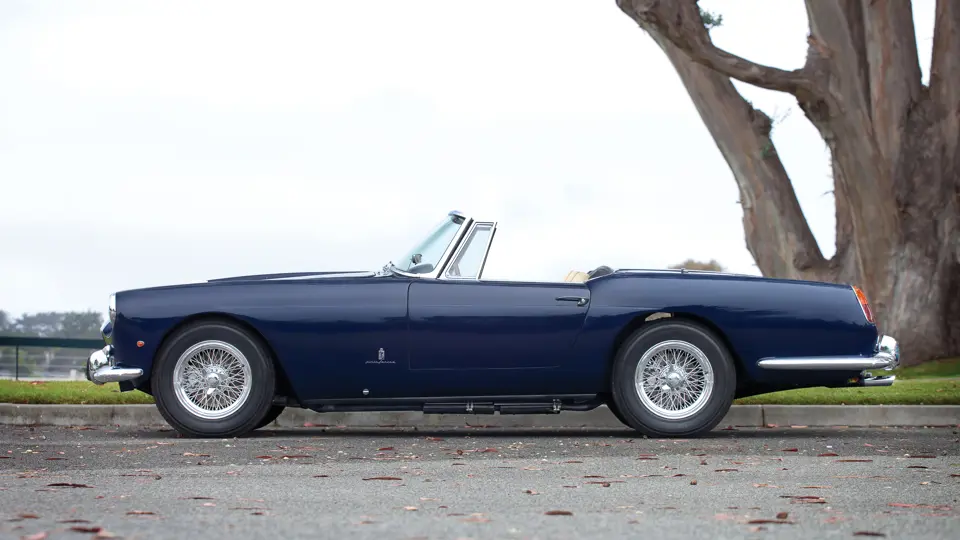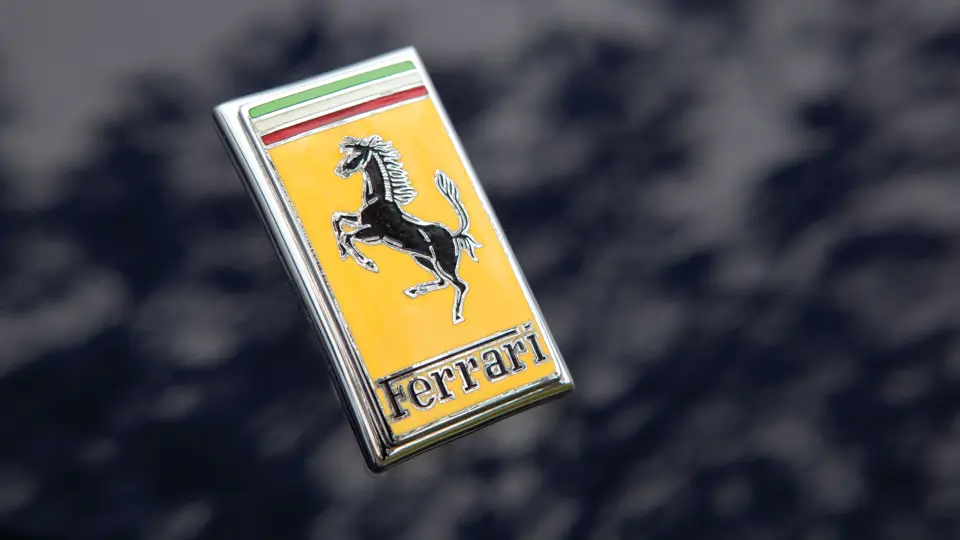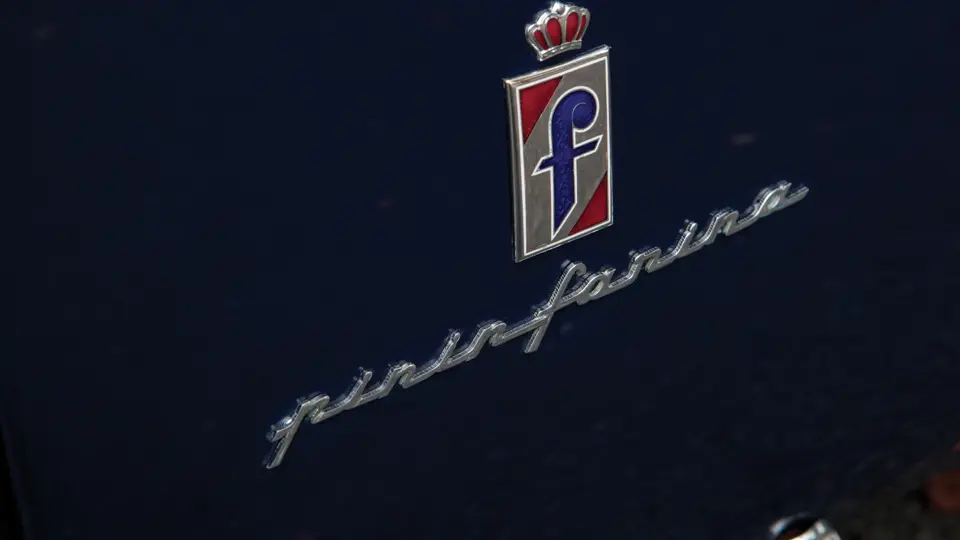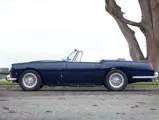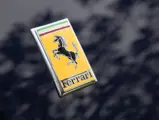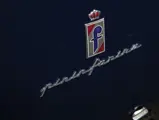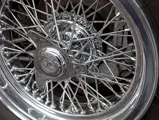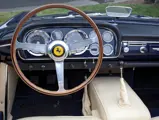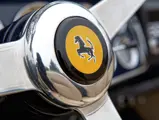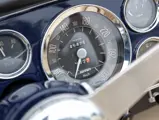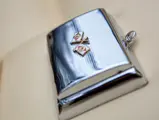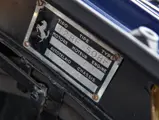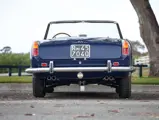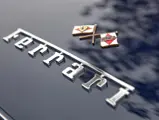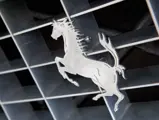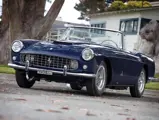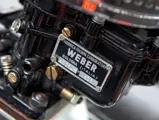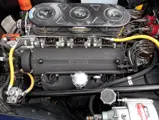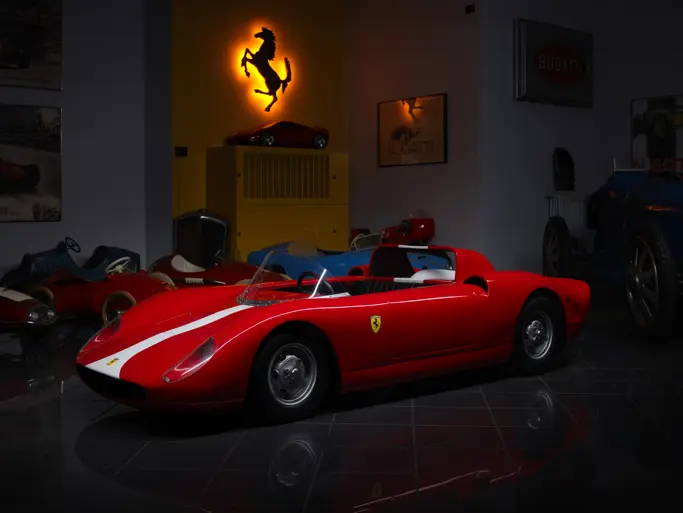240 bhp, 2,953.2 cc SOHC 60-degree V-12, triple Weber 40 DCL/6 two-barrel downdraught carburetors, all-synchro four-speed manual transmission, independent front suspension with unequal length upper and lower A-arms, coil springs, anti-roll bar, and Koni hydraulic shocks, solid rear axle with semi-elliptic leaf springs, trailing arms, and Koni hydraulic shocks, and four-wheel Dunlop hydraulic disc brakes. Wheelbase: 102.4 in.
By the time the Cabriolet II was introduced in 1960, the 250 lineage was thoroughly, if confusingly, established as the world’s foremost range of sports cars, with six variants in production at once. Even counting both series of Pinin Farinia Cabriolets as one model, there were 10 major versions by the time the 250 GTO and GTL (Lusso) appeared in 1962, plus racing specials and coachbuilt models. Ferrari was not about to build a car for the masses by that name then, but, as Sergio Pininfarina pointed out, “We were convinced the only way to survive was to make more cars for our clients.” This was not necessarily to be a car for new customers, but rather, they hoped every existing Ferrari owner would add it to their collection. It was the company’s first true road car.
Thus, the 250 GT had to offer both luxury and performance. In the U.S., it sold at around $15,000 in 1960, which would buy a Jaguar XK150S and a fuel-injected Corvette, both offering comparable power and speed. One would still have enough change left over for a Nomad for shopping trips and to tow a Corvette to the race track. The Ferrari, then, had to capture all of the elements of the competition, execute them flawlessly, and offer one thing more, the mystique accrued over the past decade of increasingly visible racing.
Ferrari considered this their top-of-the-line car, supplanting the more affordable California Spyder as their de facto road going GT. The mechanicals were similar to most of the cars in the 250 line. “The easiest car in the world to drive,” as Road & Track called it, has the 128 F version of the all-alloy Colombo V-12, a racing engine freshly redesigned for road use. New heads derived from the Testa Rossa help it to produce 240 horsepower. Four-wheel, 12-inch power disc brakes and a new four-speed transmission with Bianchi (Laycock de Normanville under license) electric overdrive give it both long legs for extended high-speed use and instill confidence in one’s ability to stop from triple-digit speeds. A relatively long 102.2-inch wheelbase and independent front suspension produce excellent ride quality. While the car is not designed to be raced, its predictable behavior allows it to be steered with the throttle, if one cares to indulge in such unseemly behavior in a sophisticated car. Even in more sedate conditions, it’s impossible to resist the lure of peak power at 7,000 rpm, where six-into-one exhaust collectors amplify the unmistakable sound of a carbureted Ferrari V-12.
However, it is the cabin that truly sets it apart. It is both perfectly of the era and timelessly elegant. As in all truly great interiors, there is more to discover and enjoy the longer one lives with the car, inlucing the sculpted and chromed top latches, the fillip of the dashboard line to the left of the driver, and the Ferrari crest on the ashtray lid. When driving, one only touches pleasing materials, such as leather, metal, and wood. It is an environment that practically defines what a GT should be.
Ferrari number 1939 GT was originally delivered in pale green Grigio Conchiglia over a tan leather and vinyl interior to its original owner in Milan. But, by 1974, it had been exported to America and disassembled. It traded hands around 1980, still apart, before being brokered by a West Coast Ferrari specialist to collector Richard Cole in 1987.
Cole’s restoration consumed the next 13 years, with major bodywork performed by Dave McLaughlin’s Automotive Art, in Capistrano, and an engine from Bruno Borri, in Los Angeles. The exterior was changed to a very rare but appropriate dark blue Blu Scuro, over an all-leather white interior. Cole himself did further work, finally completing the car in time to show it at Pebble Beach in 2000, where it reportedly received 94.5 points. Cole’s epic and thorough restoration of 1939 GT was documented in the August 2005 issue of Forza.
In preparation for sale, the car has been cosmetically freshened by Brian Hoyt’s world-renowned shop, Perfect Reflections, and the consignor’s team has dialed it in mechanically. The coveted series of factory build sheets has also been obtained from Ferrari for this car, including the Foglio Montaggio Motore engine assembly sheet, the Relazione Sala Prova dynometer tests, the Foglio Montaggio Cambio transmission assembly sheet, the Foglio Montaggio Ponte rear axle assembly sheet, and the Foglio Montaggio Autotelaio chassis assembly sheet. These confirm the car’s completeness and originality today, and they include such delightful details as the identity of the various technicians who built the car.
Chassis 1939 GT has seldom been exhibited since its 2000 Pebble Beach appearance, emerging only briefly to win its class in two subsequent showings. Now freshly refurbished in a distinctive and rare color, and with fine provenance, it is correct for any sunny day on any stretch of blacktop in the world. The original Ferrari GT is the car that gave the company the resources to continue on and prosper for good reasons: it’s wonderful to look at and to drive. For the same reasons, it is recognized as one of the most elegant and entertaining cars of the era.

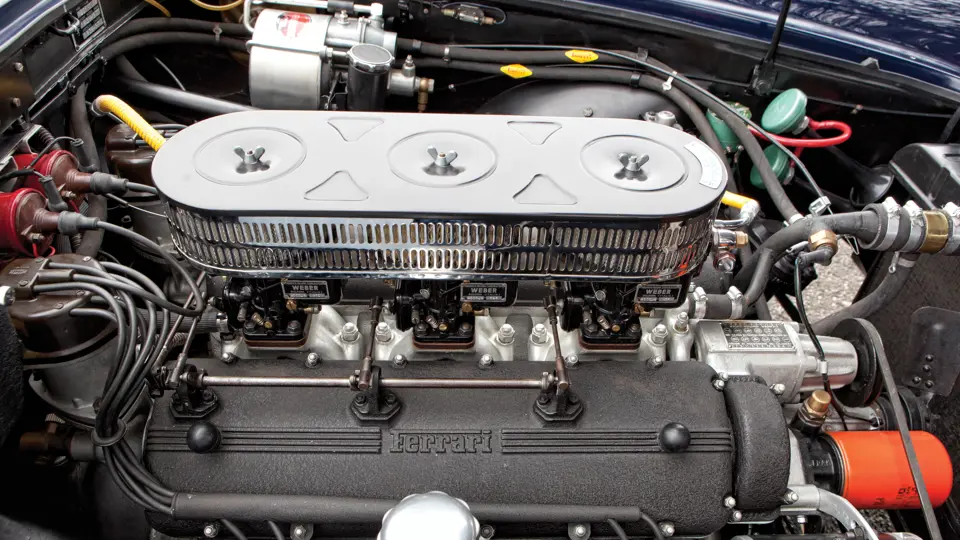


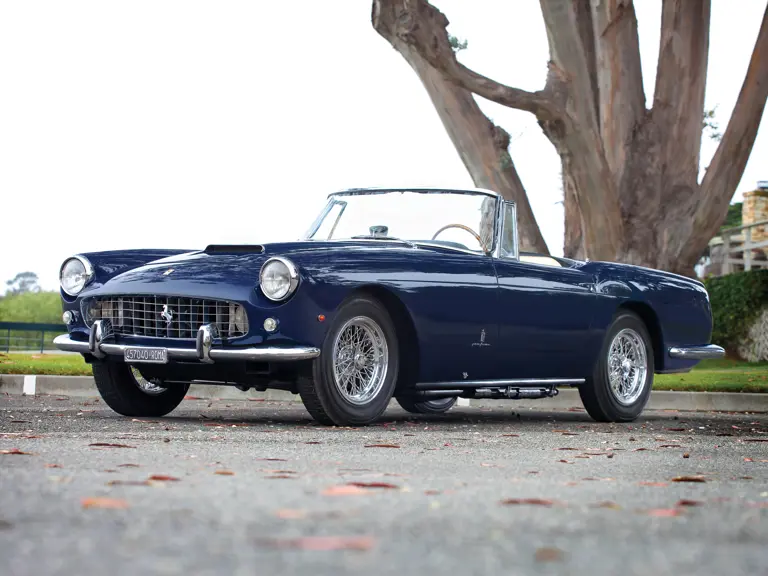
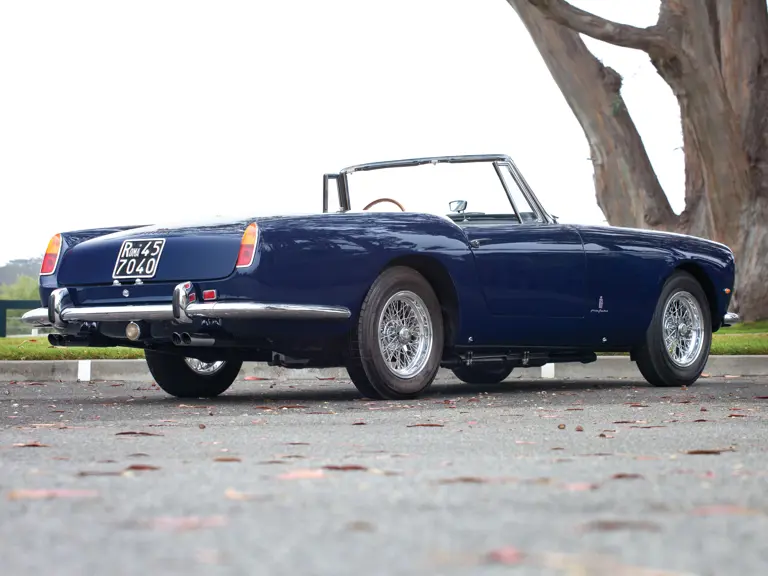
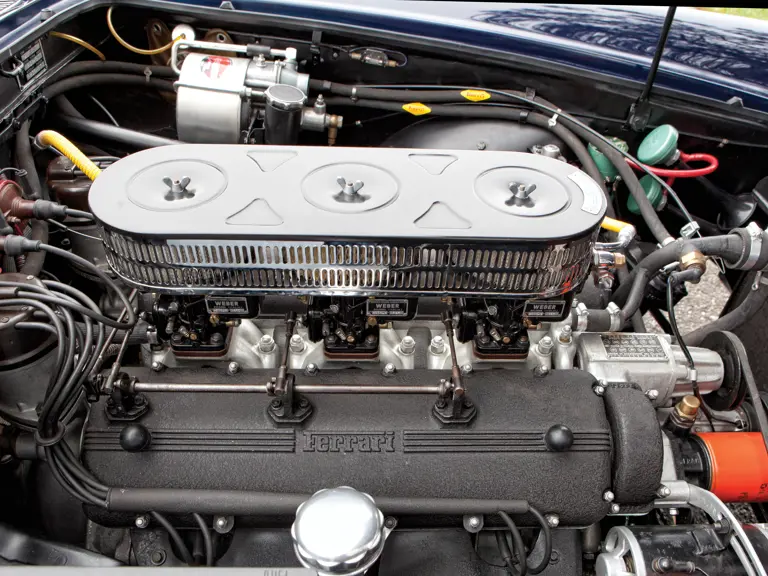

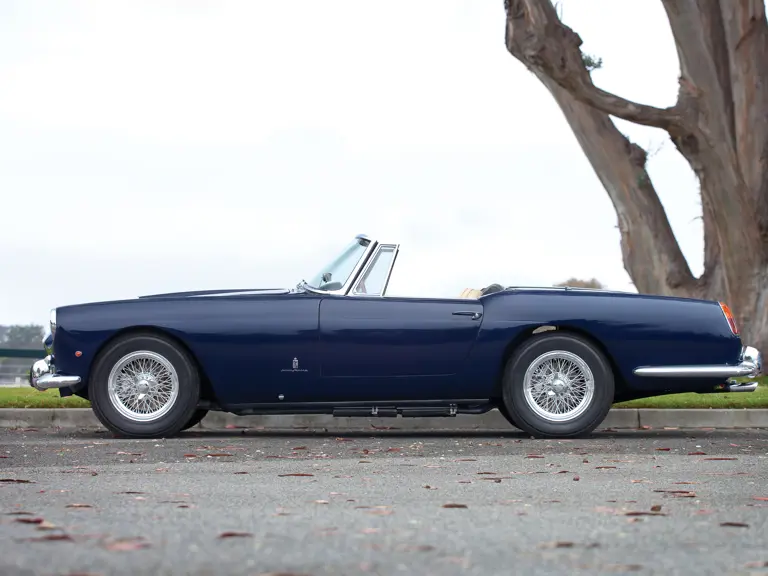

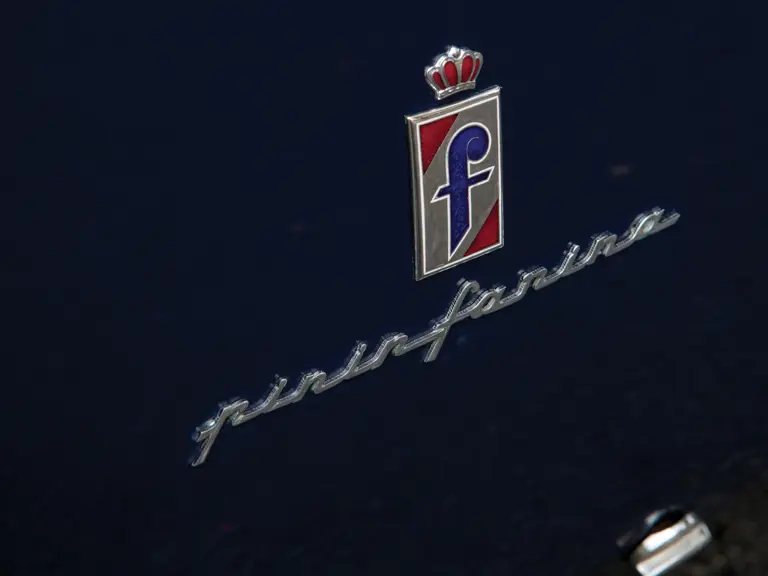
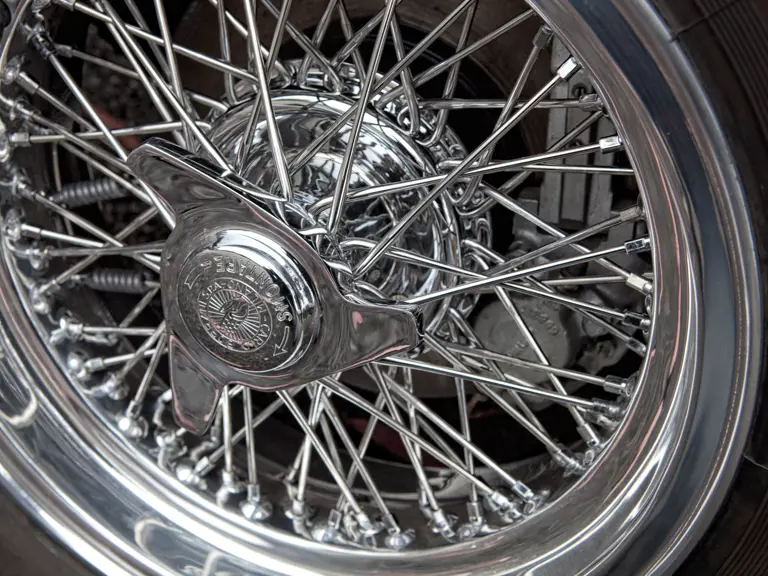
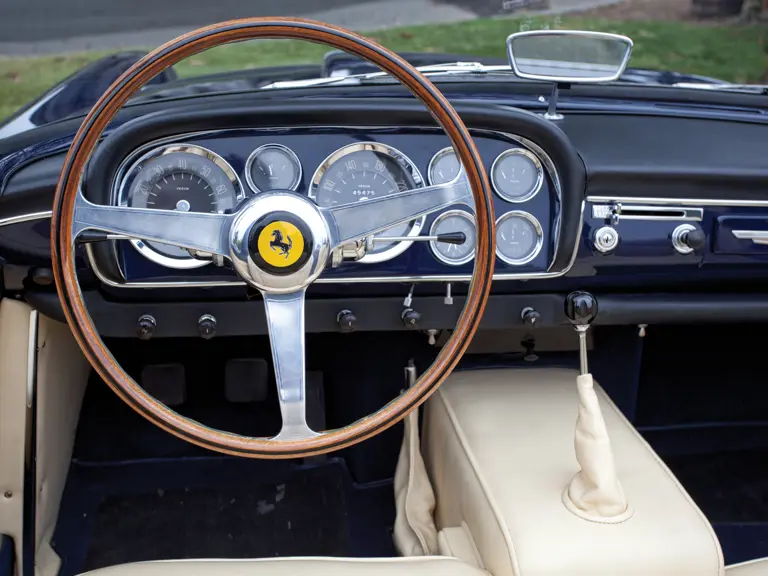
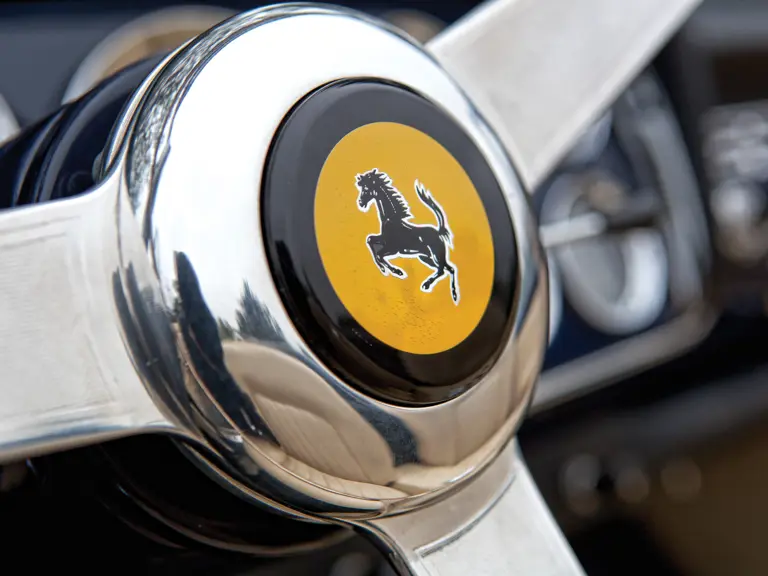
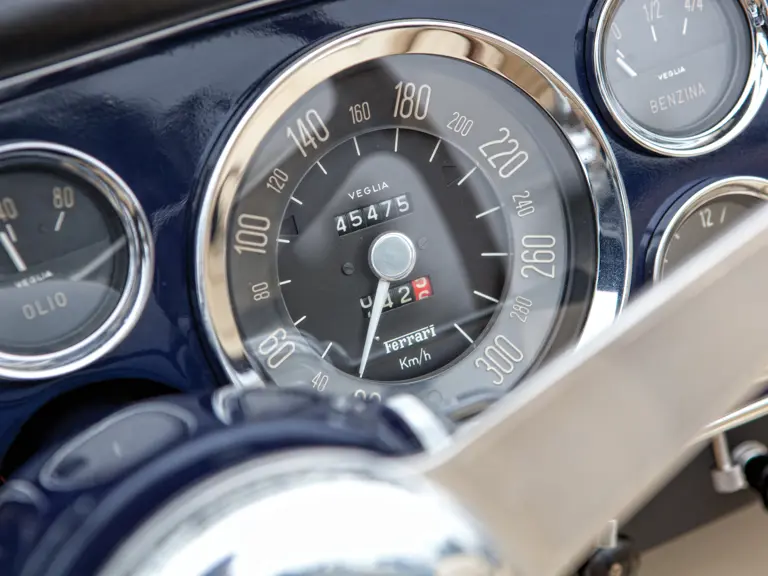
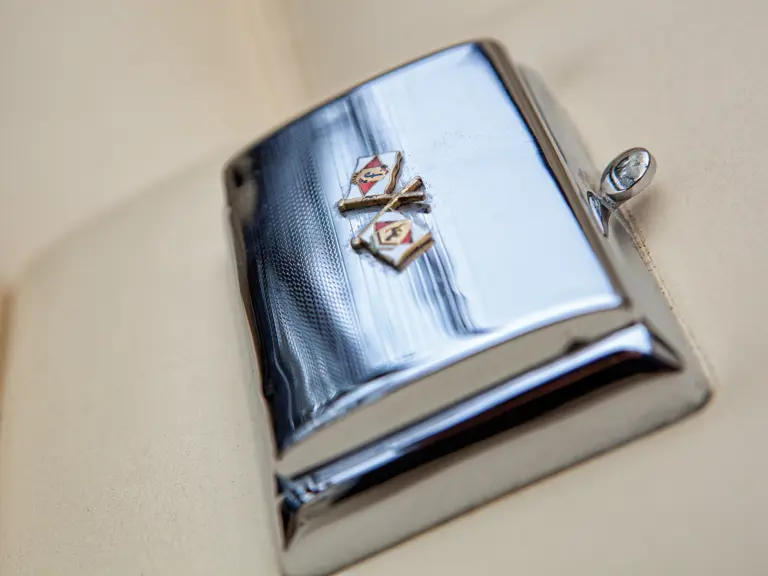
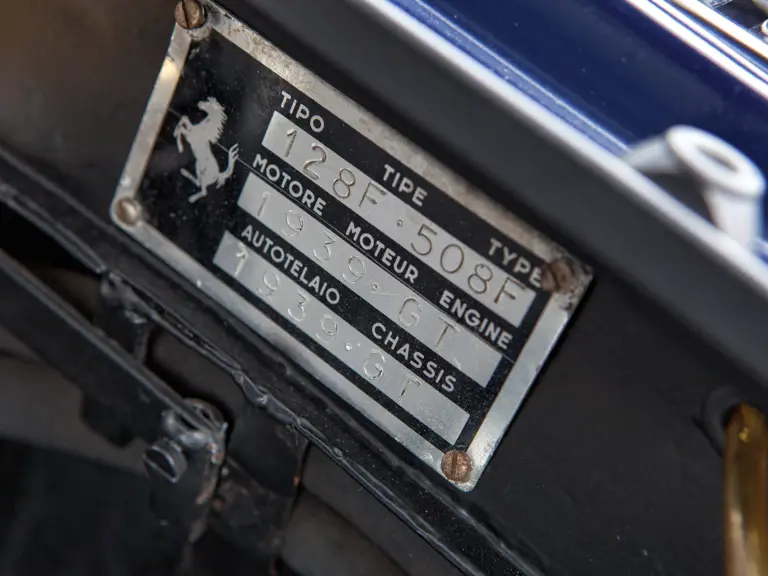
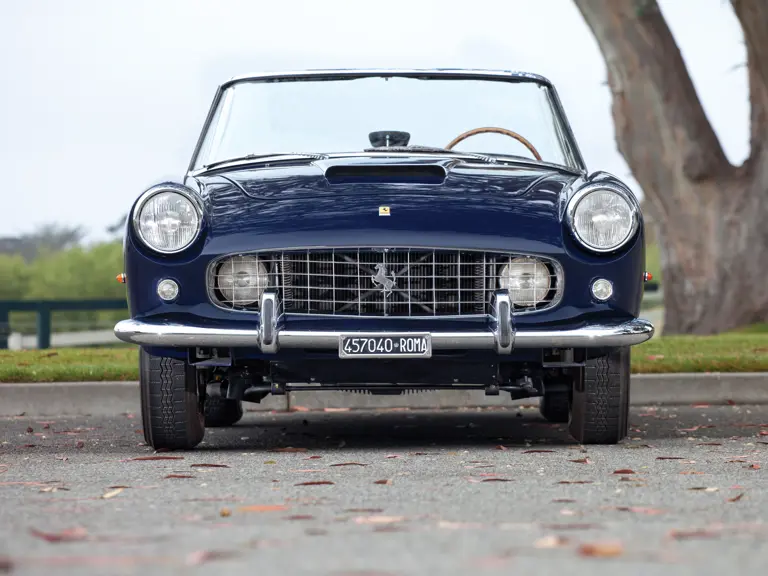
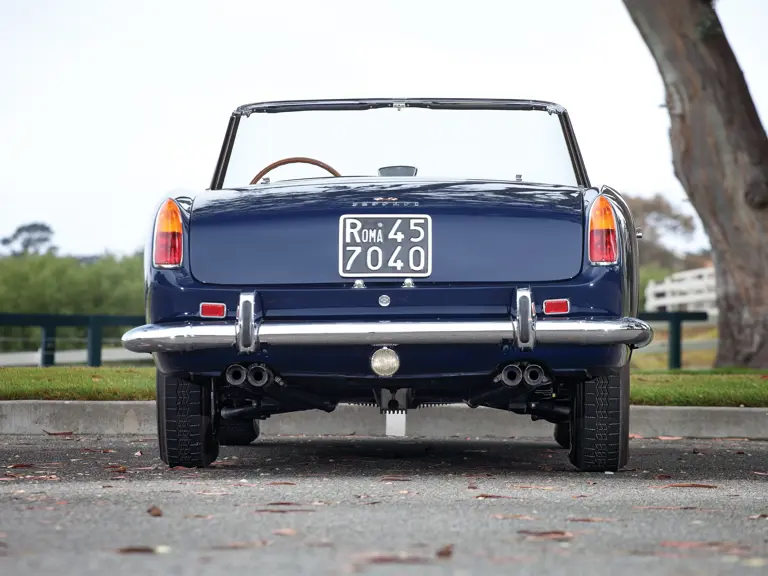
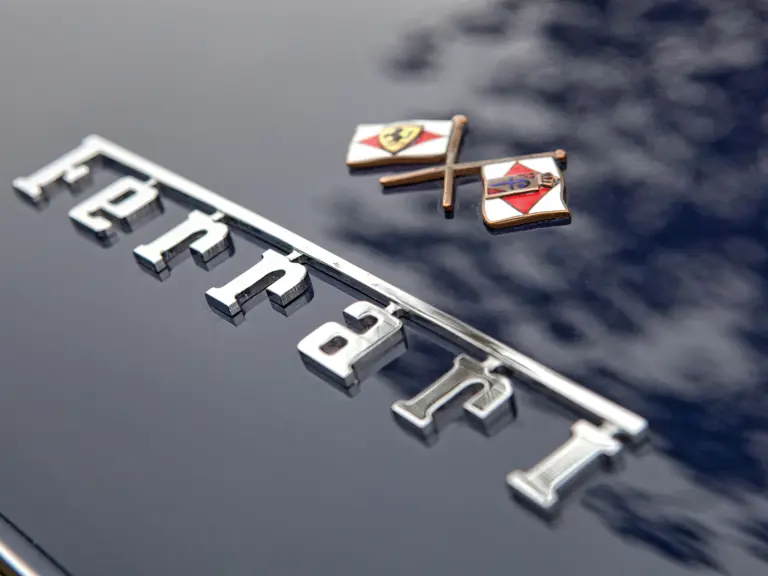
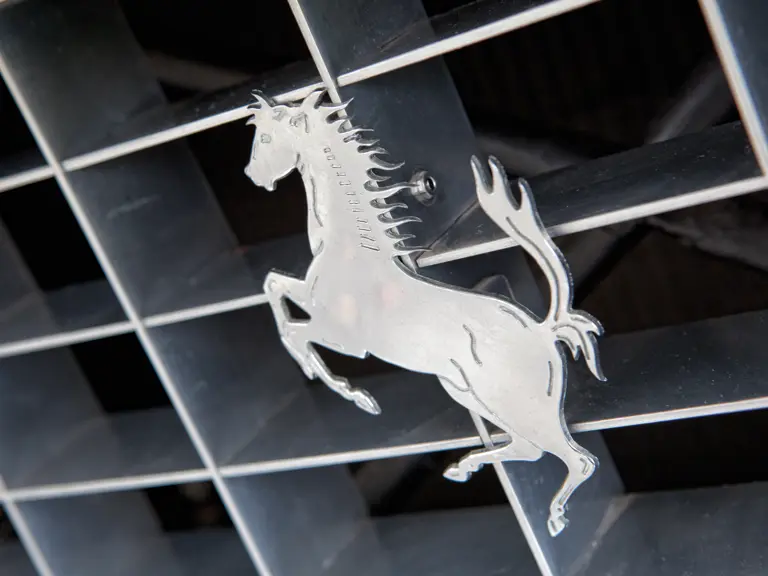

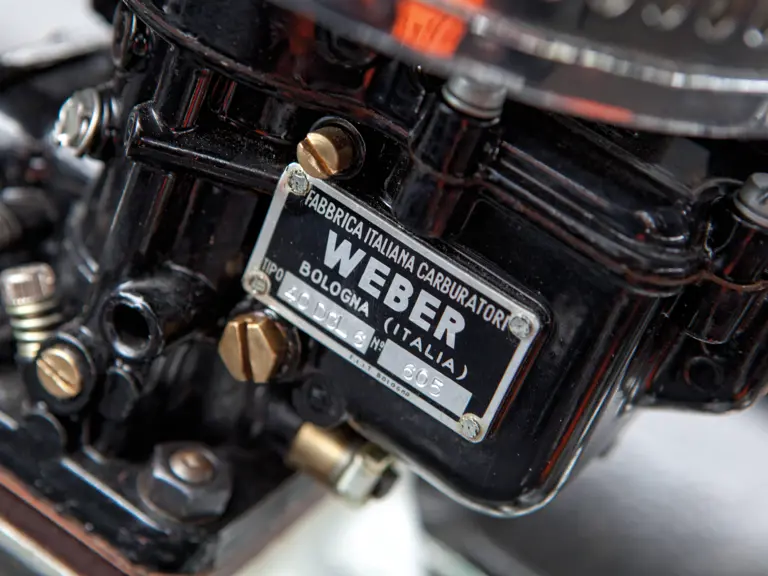
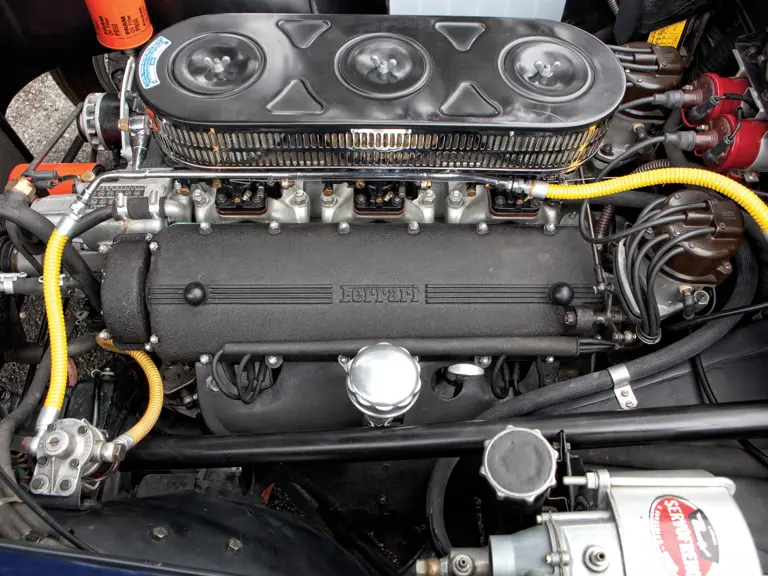

 | Monterey, California
| Monterey, California
